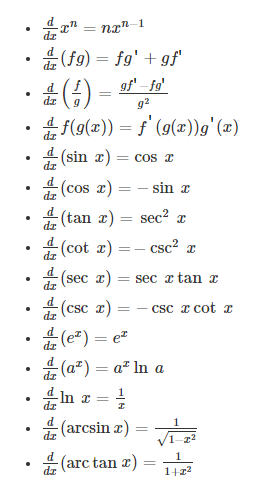

We use this information to improve our websites and to aid us in investigating problems raised by visitors. Performance cookies- these cookies collect information about how visitors use a website, for instance which pages visitors go to most often.Without these cookies the services you have asked for, such as signing in to your account, cannot be provided. Strictly necessary cookies- these are essential in to enable you to move around the websites and use their features.You can revoke your voluntary consent to participate in monitored browsing and targeted marketing by selecting “Disable All Cookies” below. By browsing this site you are agreeing to our Privacy Policy. Some information we collect may be shared with selected partners such as Google, Meta/Facebook or others. We use cookies and other technologies to optimize your website experience and to deliver communications and marketing activities that are targeted to your specific needs. These cookies allow us to distinguish you from other users of our website, which helps us to provide you with a good experience when you browse our website and enables us to improve our website. A cookie is a small file of letters and numbers that we place on your computer or mobile device if you agree. How we use cookiesĪll of our web pages use "cookies". For information about what types of personal information will be gathered when you visit the website, and how this information will be used, please see our Privacy Policy. This statement explains how we use cookies on our website.

Textbook content produced by OpenStax is licensed under a Creative Commons Attribution-NonCommercial-ShareAlike License. We recommend using aĪuthors: Gilbert Strang, Edwin “Jed” Herman Use the information below to generate a citation. Then you must include on every digital page view the following attribution: If you are redistributing all or part of this book in a digital format, Then you must include on every physical page the following attribution: If you are redistributing all or part of this book in a print format,

#Calculus 2 differential equations license
Want to cite, share, or modify this book? This book uses theĬreative Commons Attribution-NonCommercial-ShareAlike License The initial-value problem to be solved is Therefore the differential equation becomes d u d t = 1 − u 50, d u d t = 1 − u 50, and the initial condition is u ( 0 ) = 4. 2 = u ( t ) 50 kg/min, and OUTFLOW RATE is equal to u ( t ) 50.Therefore salt leaves the tank at a rate of u ( t ) 100 Thus, the concentration of salt is u ( t ) 100 u ( t ) 100 kg/L, and the solution leaves the tank at a rate of 2 2 L/min.

The number of kilograms of salt in the tank at time t t is equal to u ( t ). However, the volume of the solution remains fixed at 100 liters. Since the actual amount of salt varies over time, so does the concentration of salt. To calculate the rate at which salt leaves the tank, we need the concentration of salt in the tank at any point in time. Because solution enters the tank at a rate of 2 2 L/min, and each liter of solution contains 0.5 0.5 kilogram of salt, every minute 2 ( 0.5 ) = 1 kilogram 2 ( 0.5 ) = 1 kilogram of salt enters the tank. INFLOW RATE represents the rate at which salt enters the tank, and OUTFLOW RATE represents the rate at which salt leaves the tank.


 0 kommentar(er)
0 kommentar(er)
